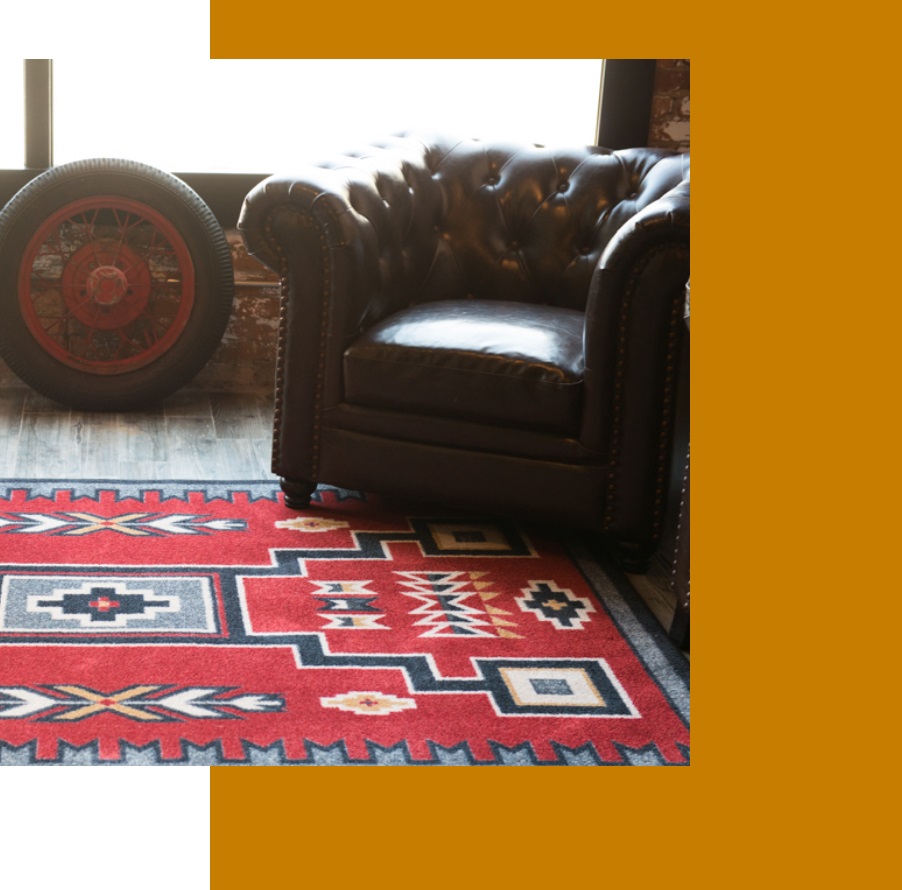
american area rug
A great way to determine the authenticity and quality of your Native American Rug are to examine its characteristics. You can check for short corner ties between the end cords or selvage. It is the best way for your rugs to be authentic than buying authentic ones. You can also visit Indian Arts and Crafts Board's website to learn more about rugs and similar artifacts. The right certification stamp is required to verify authenticity.


